Strata Florida: Three shoes and ceramic egg set for abbey exhibition
- Published
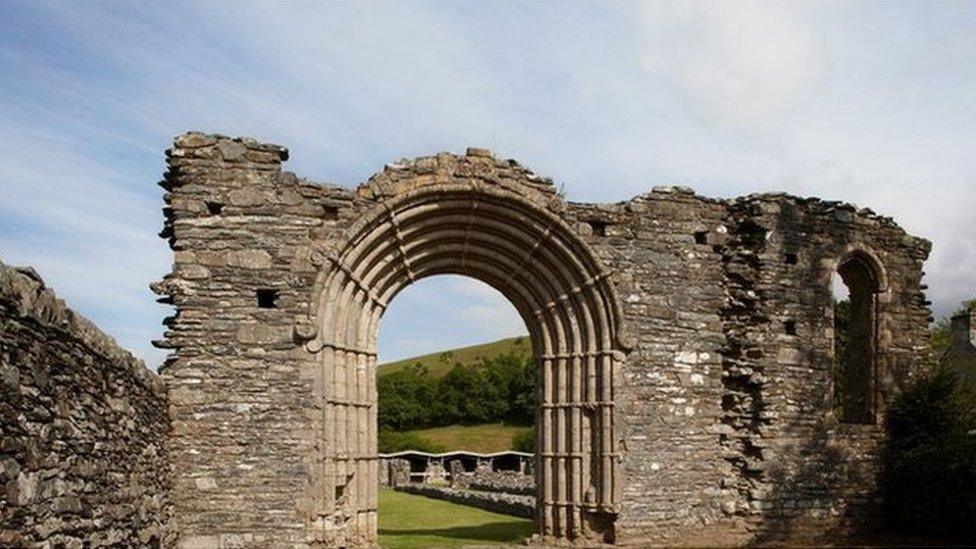
Strata Florida Abbey, Ceredigion, has received funds for an exhibition
With Wales in its second lockdown, work on discovering the history of Ceredigion's Strata Florida continued.
And now Strata Florida Trust is planning an exhibition after getting funds to restore 17th Century Mynachlog Fawr farm buildings.
They are by the ruined 13th century Cistercian Abbey.
The grants will help convert the 18th century 'tŷ pair' - cauldron house - and a cart shed into the Mynachlog Fawr Exhibition.
The aim is to open it in May 2021 to tell the farm's story in 30 objects.
Strata Florida Trust chairman, Andrew Green, said the site - near Pontrhydfendigaid, Ceredigion - was once a "huge" estate.
"The abbey is just one part of the history, which goes back to prehistory, because this was a sacred site well before the abbey arrived.
"And the story continues after the abbey with the farm, and many other things."

Andrew Green wants to bring new life back to Strata Florida
The project has received £92,400 from the National Lottery Heritage Fund, £80,000 from the World Monuments Fund and £6,000 from the Sacred Landscapes of Medieval Monasteries Project.
The 30 objects included in the show are to be decided, but some have been uncovered recently.
These include a ceramic egg and three shoes in a wall.
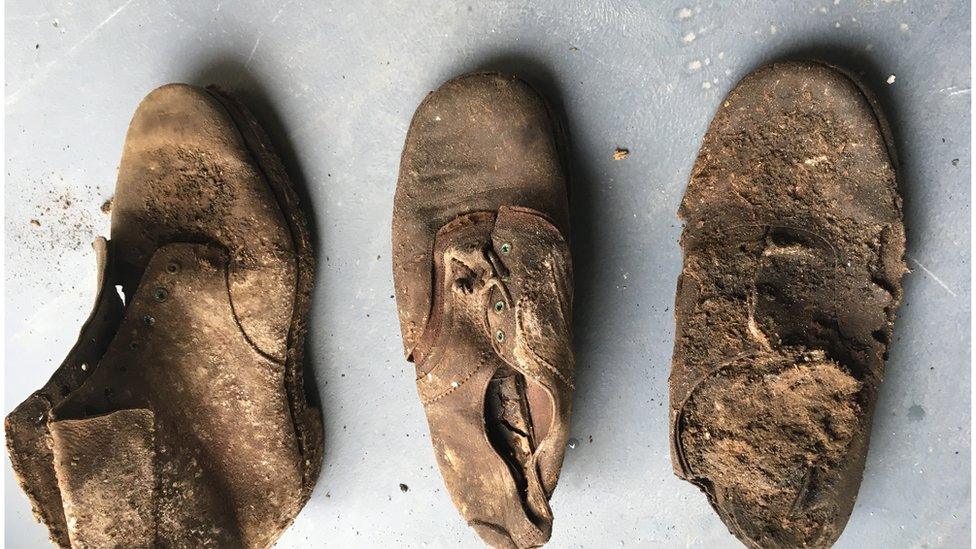
The exhibition will feature 30 objects
Strata Florida Trust director, Lowri Goss, had an idea why the items were put there.
"We think it was to ward off evil spirits," she said.
The abbey was once a centre of culture, religion and trade.
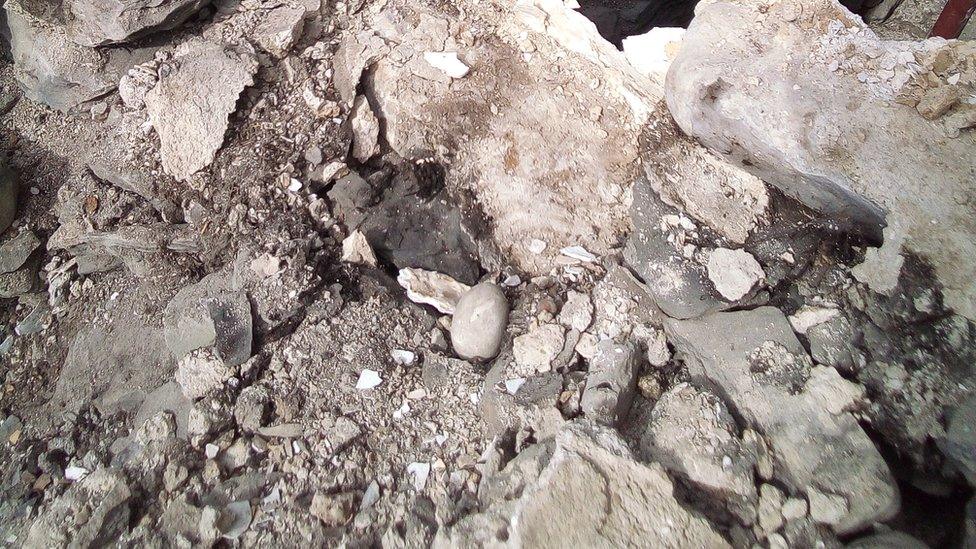
A ceramic egg was buried in a wall
An early Welsh manuscript, the Brut y Tywysogion - Chronicle of the Princes - was written at Strata Florida. Medieval poet Dafydd Ap Gwilym is buried there.
The farmhouse was built between 1670-80.
Charles Arch was born and brought up on the farm.
"I'm already way into my 80s, but I'm hoping against hope that I will survive to see the old house being mended too," he said.
- Published23 August 2013
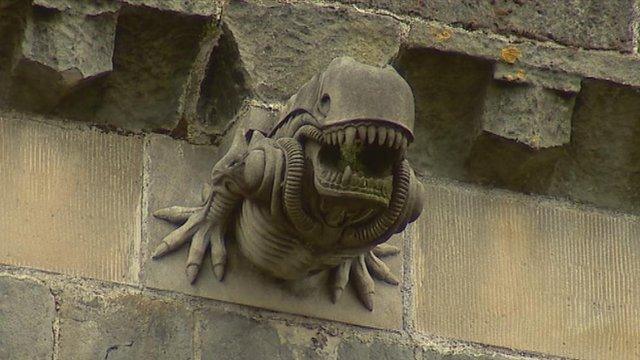
- Published7 November 2020
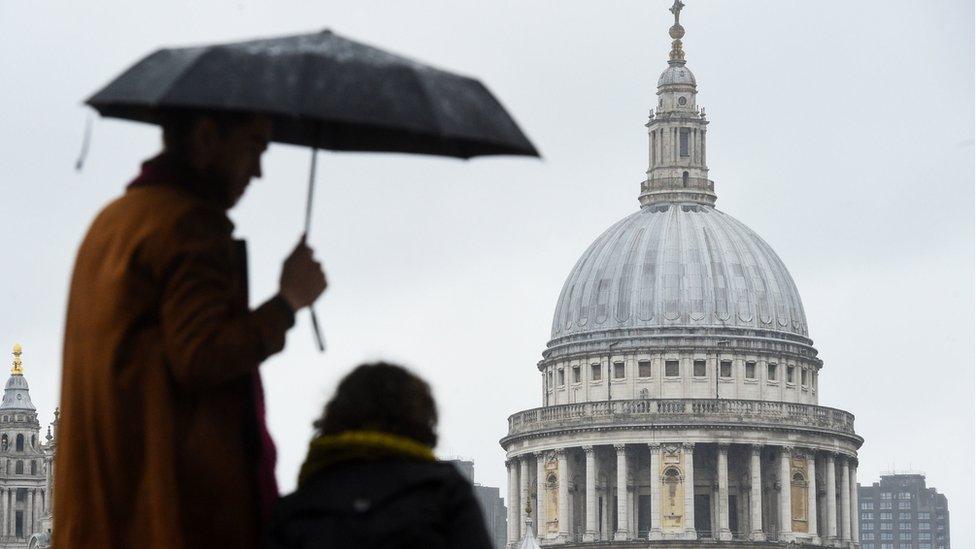
- Published16 October 2020
